resin injections for water infiltrations
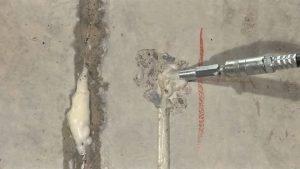
When we talk about resin injections for water infiltrations we are referring to special resins able to increase their volume when they come into contact with water (called hydro-expansive hydro-reactive resins).
How are resin injections performed for water infiltration?
To carry out these injections, holes are made, using a professional drill, in the areas where the infiltration flows. To these holes are installed non-return valves that once connected to the pump for injections, in this way injecting the hydro-expansive hydro-reactive resin in order to reach all the internal areas that cause the passage of humidity.
The hydro-expansive resin when it comes into contact with water expands, increasing its volume up to 20 times in a few seconds depending on the type of resin used (for example, a quantity of resin the size of a tennis ball would expand to the size of a soccer ball), in the same way its texture changes to become foamy, dense and above all waterproof so as to obstruct all spaces, instantly stopping the passage of water to its origin in a permanent and lasting way over time.
Where can resin injections be used for water?
This type of waterproofing is specifically used to stop water leakage of various kinds, in any type of environment or scenario. The type of material in which the hydro-expansive resin is injected determines whether or not it’s possible to use resin injections to stop water infiltration, in addition to this the professionals in the field depending on the material and the circumstances in which to act will identify types of resins with a different expansion ratio to use. So it’s important to know that resin injections for water infiltration can only be applied to the materials listed in the following paragraph.
Materials where resin injections can be used for water infiltration:
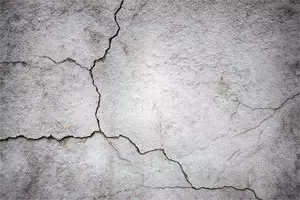
CONCRETE CRACKS
In concrete cracks you can use resin injections to stop water coming in or humidity problems.
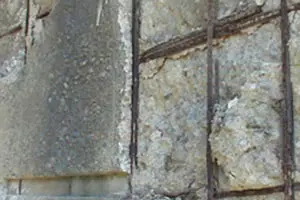
CONCRETE SLABS
Nelle solette in calcestruzzo è possibile utilizzare le iniezioni di resine per arrestare venute d’acqua o problemi di umidità.
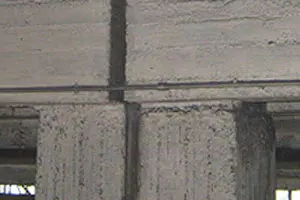
REINFORCED CONCRETE JOINTS
Resin injections can be used in reinforced concrete joints to stop water or humidity problems.
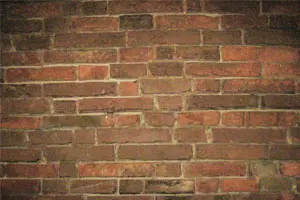
FULL BRICKS
In any surface made of solid bricks it’s possible to use resin injections to stop water or humidity problems.
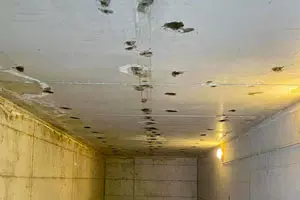
PREDALLES
In predalles it’s possible to use resin injections to stop water or humidity problems.
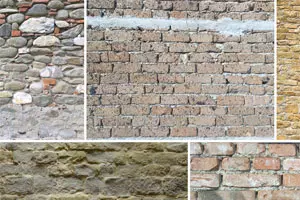
MANSORY
In masonry in general it’s possible to use resin injections to stop water or humidity problems.
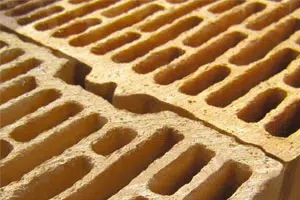
BRICK
In the brick it’s possible to use resin injections to stop water or humidity problems.
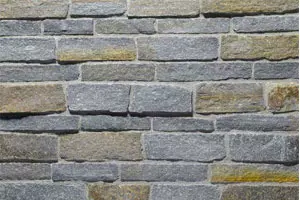
STONE
In stone surfaces it’s possible to use resin injections to stop water or humidity problems.
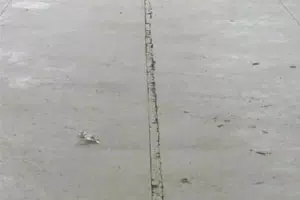
EXPANSION JOINTS
In expansion joints it’s possible to use resin injections to stop water or humidity problems.
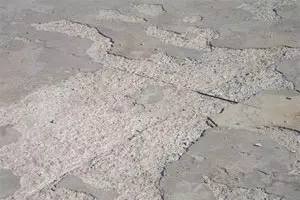
CONCRETE FLOORS
In concrete floors it’s possible to use resin injections to stop water or humidity problems.
What are the causes of water infiltration?
Water infiltration in these environments occurs for two different reasons:
1) Direct Infiltration
Some examples of direct water infiltration can be rainwater, plumbing leaks and the effect of condensation in a humid climate.
2) Capillary rising damp
Damp water in the subsoil, in contact with the foundation of the building, rises along the vertical walls of the structure due to the capillary effect of the material. Humidity flows through the capillaries of the vertical walls reaching the upper floors.
Now that you are aware of the causes and on which materials this waterproofing technique is applied, you will easily understand that the areas of use are many; in fact, if we find ourselves in front of a wall, a floor, a ceiling or whatever, in case of water infiltration the best, quickest, non-invasive and permanent solution is without a doubt hydro-expansive resin injections.
We would now like to show you some of the interventions in which, with the technique of resin injections, we have solved problems of water coming in, humidity and infiltration:
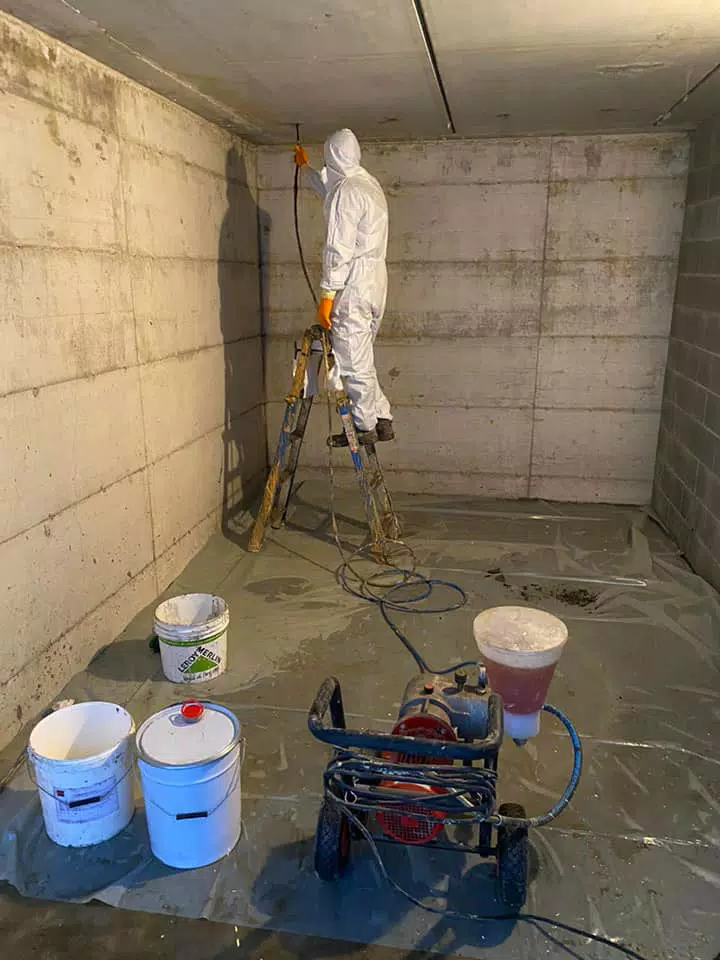
Basement with water infiltration – 10:37 am
We arrive on site, once the equipment is set up we immediately identify the points where to drill the holes where to connect the valves and the injection pump.

Resin injections for water infiltration – 10:50 am
The number of injections can change depending on the length of the infiltration path to its origin.

Resin injections for water infiltration – 12:00 am
In a very short time the room will be accessible and the water infiltration permanently closed. Problem solved!
Conclusions
Arrived at this point we can say that resin injections are the best solution to the problem of water infiltration in any type of environment, now you know that we can use resin injections for water infiltration in all these cases: concrete cracks, concrete slabs, reinforced concrete joints, full brick, predalles, masonry, brick, stone, expansion joints, concrete floors.


